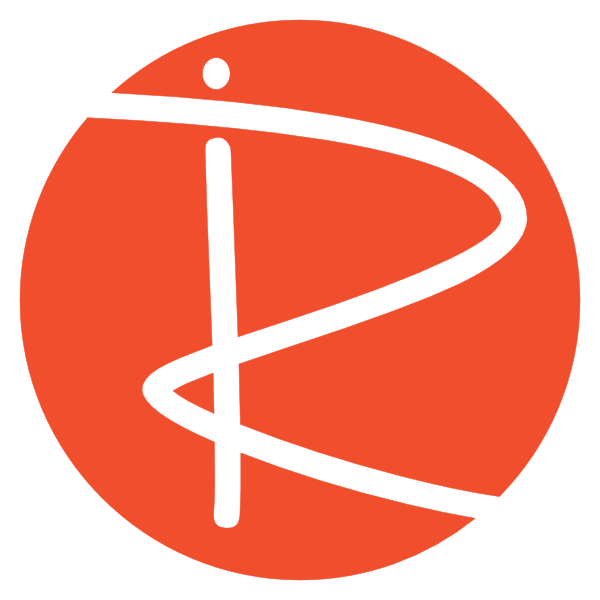How to Easily Add 3D Models to Your Online Education Content with Sketchfab
When designing online education content, we often think about videos, images, diagrams, and text, but have you ever considered using 3D models?
At first, 3D modeling might sound complex and out of reach, but there’s actually a surprisingly simple way to incorporate it into your materials: Sketchfab.
Today, I’ll show you how easy it is to use Sketchfab, how you can embed 3D models into platforms like Moodle and Canvas, and why it’s such a game-changer for online learning.
Why 3D Models Matter in Education
Imagine trying to explain the internal structure of a four-stroke engine or the complexity of a woodworking dovetail joint using only text and flat images. It’s tough, and often confusing for students.
This is where 3D models shine. They allow students to interact with objects: rotate them, zoom in and out, and even click on annotations that explain individual parts. It turns static learning into an engaging, hands-on experience, without needing a physical classroom.
What Is Sketchfab?
Sketchfab is a platform that lets you share and embed 3D models anywhere online, kind of like how you might use YouTube or Vimeo for videos.
Yes, it’s a paid platform (especially if you want advanced features like removing branding), but for serious online educators, it’s a tool well worth considering.
Whether you’re teaching veterinary science (like when we used it to explore muscle and bone structures) or automotive engineering (like dissecting a four-stroke engine), Sketchfab offers thousands of ready-to-use models.
How It Works: A Quick Look
Let’s take an example:
I searched Sketchfab for a four-stroke engine model. Within seconds, I found a fully rotatable, zoomable 3D model.
Here’s what’s cool:
- Rotate the model to view it from every angle.
- Zoom in and out for a closer look at details.
- Click on annotations to get explanations about specific parts (like identifying the camshaft, valves, or piston).
Another powerful example:
Trying to explain a half-dovetail joint to woodworking students?
Instead of relying on confusing diagrams, a 3D model lets students visually understand how each piece fits together, even when joints are angled and complex. It’s the kind of clarity that traditional materials often can’t provide.
Embedding 3D Models into Your Learning Platform
Good news, embedding 3D models is just as easy as embedding a YouTube video.
Here’s how to do it:
For Moodle (Version 4.0)
- On Sketchfab, select your model and click Embed.
- Copy the embed code to your clipboard.
- In Moodle, edit your page and switch to the HTML/code view.
- Paste the embed code where you want the model to appear.
- Save the page, and voilà, you have an interactive 3D model ready for students to explore!
You can even tweak the code slightly to allow full-screen viewing or adjust the size of the embedded frame.
For Canvas
- Same first steps: copy the embed code from Sketchfab.
- In Canvas, edit your page, scroll down to find the HTML editor.
- Paste the code.
- Switch back to the normal view and save your page.
Again, you can easily modify the size or allow full-screen interaction.
Customizing the Embed
When embedding, Sketchfab lets you:
- Choose fixed or responsive sizes for the frame.
- Enable or disable full-screen options.
- Remove branding (with a paid subscription).
These simple tweaks make your 3D models fit seamlessly into your course content.
Final Thoughts
Adding 3D models to your online courses is much easier than you might think, and the payoff in student engagement and understanding is huge.
Thanks to tools like Sketchfab, even complex concepts can become tangible and interactive, no expensive equipment or complicated setups needed.
I hope this quick guide has been helpful!
If you want to dive deeper into using 3D in your content, don’t forget to subscribe and check out the related courses linked below.
Happy teaching!
